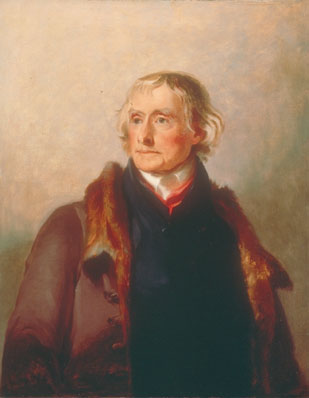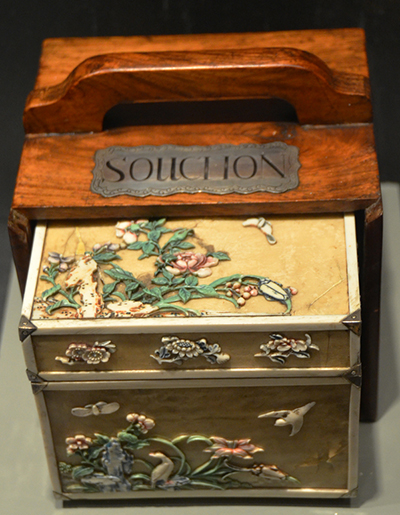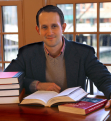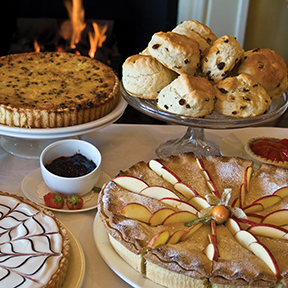Thomas Jefferson was an early “foodie” and his great passion for food and drink included Chinese tea, both black and green. According to the archives of Monticello, Jefferson’s financial records and correspondence show consistent purchases of tea and provide valuable information about the kinds and amounts of tea he and his family drank.
The few references from the 1770s and 1780s show a variety of different kinds of tea procured from Dr. William Pasteur’s apothecary in Williamsburg. Dr. Pasteur served as a surgeon to colonial troops and was mayor of Williamsburg at one time.
Jefferson ordered Chu-chong (souchong black tea) at a very high price from a Richmond merchant in 1780.
Jefferson’s time in Paris (1784-89) further piqued his interest in tea as the Parisians were much taken by the exotic Asian beverage. After all, the ladies of Paris were drinking tea 20 years before their London cousins.
During his 1790-91 stay in Philadelphia, Jefferson seems to have preferred Imperial tea. Hyson, one of the teas tossed overboard in Boston, is also mentioned as a favorite.



